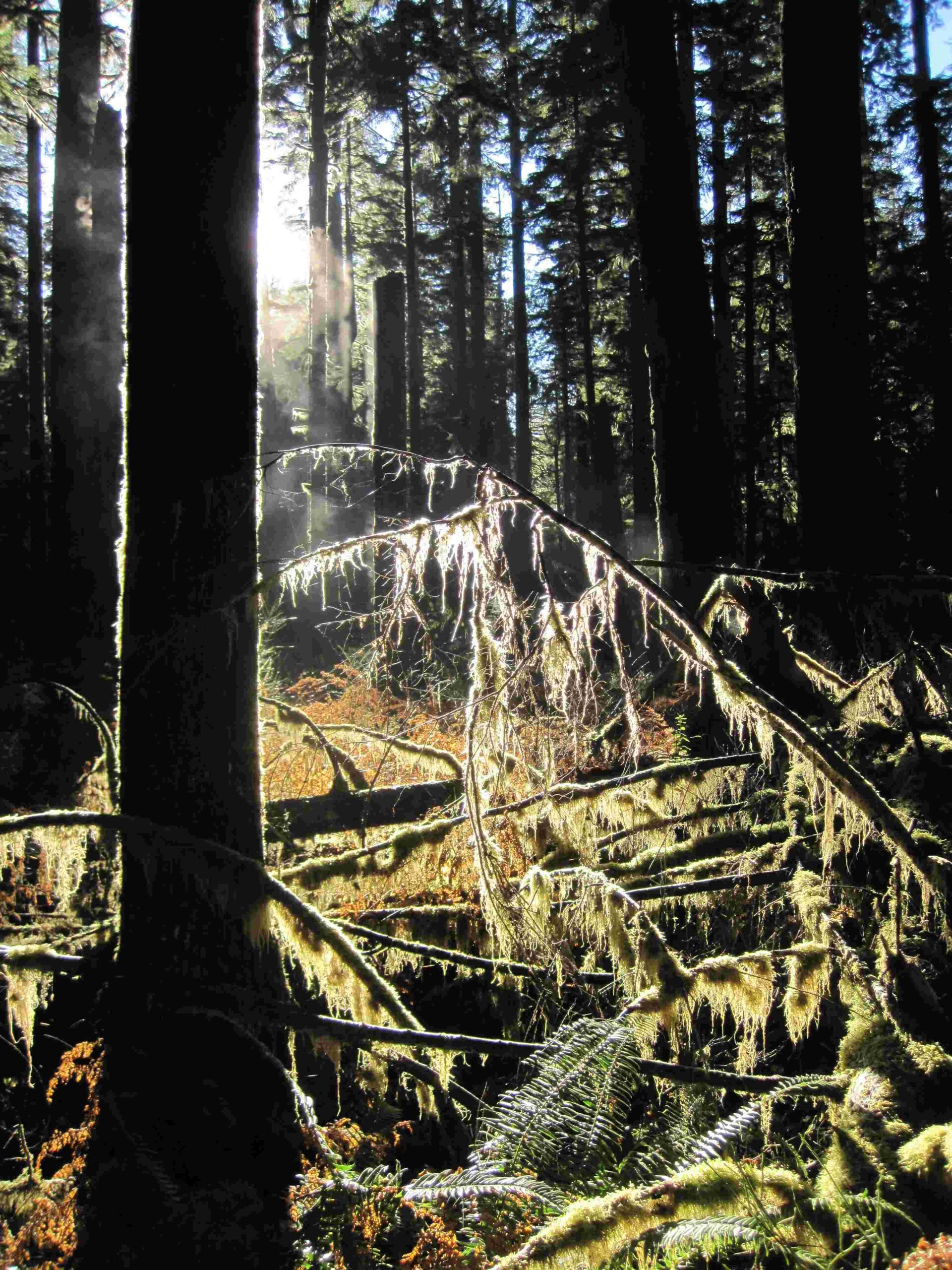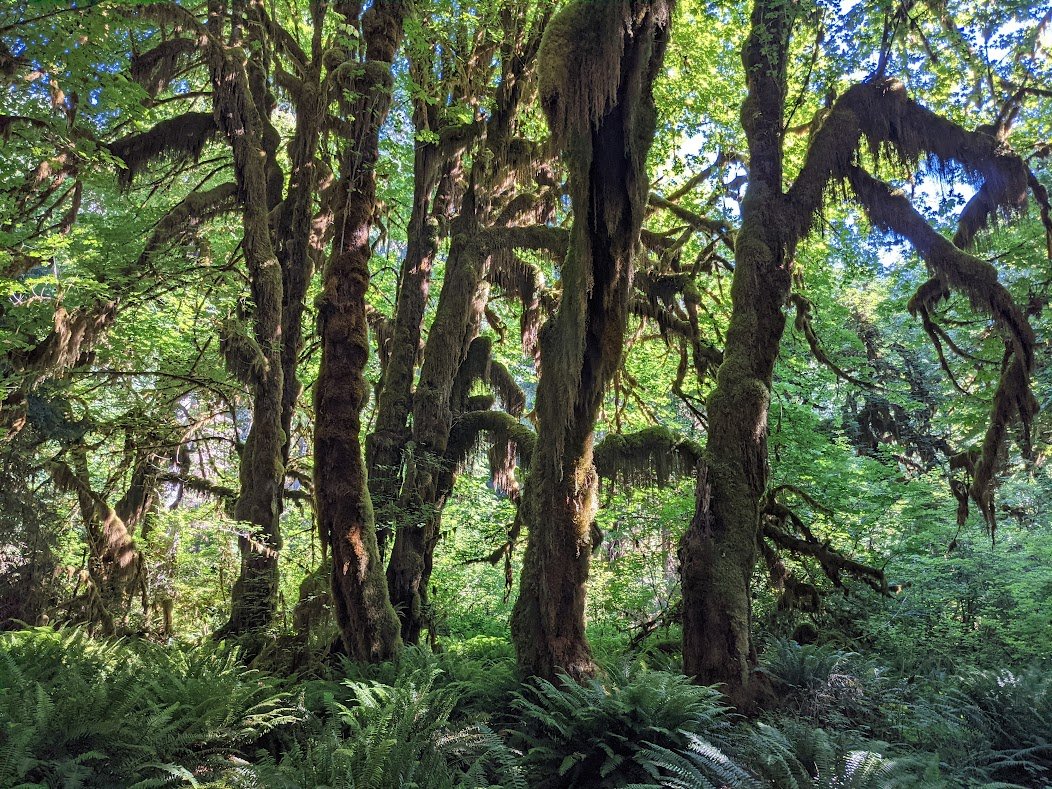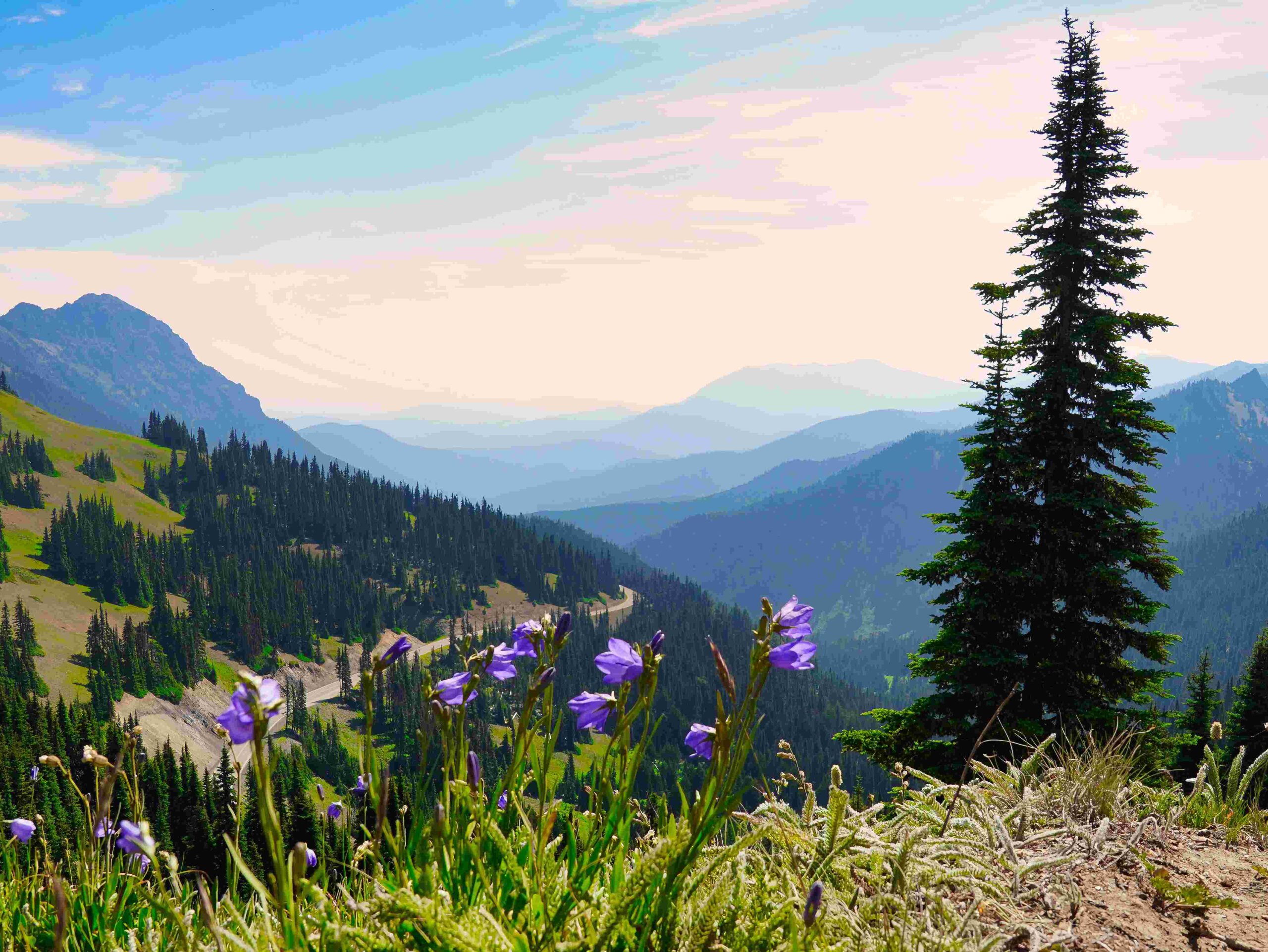Olympic National Park is known for its diverse ecosystems and unpredictable weather. Proper clothing is crucial for comfort and safety. This guide covers essential layers, waterproof gear, footwear, and seasonal considerations. From rainforests to mountain peaks, be prepared for any condition with the right attire. Learn what to pack to make the most of your Olympic adventure.
What Are the Essential Layers for Olympic National Park?

When visiting Olympic National Park, layering is key to adapting to changing weather conditions. Here’s a breakdown of the essential layers:
- Base Layer:
- Merino wool or synthetic quick-dry fabrics
-
Avoid cotton (retains moisture and loses insulation when wet)
-
Mid Layer:
-
Fleece jacket for warmth and lightweight insulation
-
Outer Layer:
- Waterproof and windproof rain jacket
-
Features to look for: pit zips, generous hood, good coverage
-
Additional Layers:
- Long pants (convertible options for versatility)
- Wool socks (retain warmth even when wet)
Why Is Waterproof Gear Crucial for Olympic National Park?

Olympic National Park receives significant rainfall, making waterproof gear essential. Here’s what you need:
- Rain Jacket: Lightweight and packable for summer, heavier for winter/spring
- Rain Pants: Useful for wet conditions, especially on low-elevation hikes
- Pack Cover: Protects your backpack and gear from rain
What Footwear Should You Bring to Olympic National Park?
The diverse terrain in Olympic National Park requires appropriate footwear:
| Footwear Type | Best For | Features |
|---|---|---|
| Hiking Boots/Shoes | Most trails | Waterproof, good tread, sturdy |
| Traction Devices | Snowy/icy trails | Similar to tire chains |
| Hiking Sandals | Coastal trails, warm weather | Brands like Chaco |
| Water Shoes | Tide pools, beaches | Hard soles for protection |
How Does Clothing Vary by Season in Olympic National Park?
Olympic National Park experiences distinct seasonal changes. Here’s what to wear in each season:
Summer
- Lightweight clothing (shorts, t-shirts, breathable hiking pants)
- Light jacket or sweater for cool evenings
Winter/Spring
- Heavy-duty rain jacket and pants
- Warm layers (puffy jacket, gloves)
- Waterproof boots
Fall
- Mix of lightweight and warm clothing
- Rain gear (unpredictable weather)
What Are the Average Rainfall and Temperature Patterns?
Understanding the climate helps in packing appropriately:
- Rainfall: Olympic National Park is one of the wettest places on Earth
- Heaviest rainfall in winter and spring
-
Some areas receive over 150 inches annually
-
Temperature:
- Summer: Mild, average highs 65-75°F (18-24°C)
- Winter: Cool to cold, average lows 30-40°F (-1 to 4°C)
- Varies significantly with elevation
What Are the Must-Have Items for Any Olympic National Park Visit?
Regardless of season, always pack these essentials:
- Waterproof rain jacket
- Sturdy, waterproof hiking boots
- Moisture-wicking base layers
- Warm mid-layer (fleece or wool)
- Hat (sun protection in summer, warmth in winter)
- Gloves (lightweight for summer, insulated for winter)
- Sunglasses and sunscreen
- Extra socks (preferably wool)
How Should You Pack for Different Activities in Olympic National Park?
Olympic National Park offers diverse activities. Here’s what to wear for specific adventures:
Hiking in the Rainforest
- Waterproof boots
- Quick-dry pants
- Moisture-wicking shirt
- Rain jacket
- Hat for rain protection
Beach Exploration
- Water shoes
- Quick-dry shorts or pants
- Layered tops (for changing temperatures)
- Windbreaker
- Sun hat
Mountain Trekking
- Sturdy hiking boots
- Trekking poles
- Layered clothing (base, mid, outer)
- Warm hat and gloves
- Gaiters (for snow or mud)
What Additional Gear Complements Your Clothing Choices?
To make the most of your Olympic National Park experience, consider these additional items:
- Backpack with rain cover
- Reusable water bottle
- Binoculars for wildlife viewing
- Trekking poles for stability
- Dry bags for electronics and valuables
- Insect repellent
- First aid kit
- Map and compass (or GPS device)
By carefully selecting your clothing and gear based on these recommendations, you’ll be well-prepared for the diverse environments and weather conditions of Olympic National Park. Remember, the key is to layer, stay dry, and be ready for sudden changes in weather. With the right attire, you can fully immerse yourself in the stunning beauty of this unique national park.
References:
1. https://experienceolympic.com/articles/how-pack-day-hikes-and-backpacking
2. https://www.themandagies.com/olympic-national-park-packing-list/
3. https://adventuretravelfamily.com/what-to-pack-for-olympic-national-park/
4. https://celiactravelpack.com/packing-list-for-olympic-national-park/
5. https://www.myolympicpark.com/park/faqs/what-to-pack/

